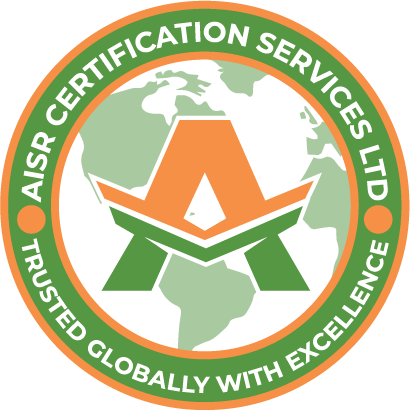ISO 55001:2014 | Robust Asset Management System (RAMS)
Important Links
ISO 55001:2014 | Robust Asset Management System (RAMS)
What is ISO 55001:2014?
ISO 55001:2014 is an international standard that outlines the requirements for establishing, implementing, maintaining, and improving an asset management system (AMS). This standard focuses on the effective and efficient management of physical and non-physical assets, aligning asset management practices with organizational objectives and stakeholder needs. By adopting a strategic approach, organizations can enhance their asset performance, reduce risks, and achieve sustainable outcomes.
Benefits of ISO 55001:2014
- Improved Asset Performance: Enhances the reliability and efficiency of assets, maximizing their value and performance.
- Risk Management: Facilitates proactive identification and management of asset-related risks, minimizing potential disruptions.
- Cost Efficiency: Supports better decision-making regarding asset investments, leading to reduced lifecycle costs.
- Strategic Alignment: Ensures that asset management practices align with organizational goals and objectives.
- Enhanced Stakeholder Confidence: Demonstrates a commitment to responsible asset management, building trust among stakeholders and clients.
Begin Your Journey with Aisr Certification Services Ltd.
Request Assistance
Frequently Asked Questions
We’ve compiled answers to some of the most common questions about certification.
ISO (International Organization for Standardization) is an independent, non-governmental international body that develops and publishes standards to ensure quality, safety, and efficiency across various industries and sectors. These standards help organizations deliver consistent, high-quality products and services.
Compliance certification is the process through which an organization verifies that it adheres to specific regulations, standards, or guidelines. Achieving certification demonstrates that the organization meets industry norms, ensuring credibility and compliance with legal or regulatory requirements.
A standard is an established set of guidelines, rules, or criteria that an organization or industry follows to ensure quality, safety, and consistency. Standards can be created for various aspects, including processes, products, services, and management systems, to maintain uniformity and meet customer expectations.
ISO 9001:2015 is an internationally recognized standard for quality management systems (QMS). It provides a framework for organizations to ensure their products and services meet customer requirements consistently, while also enhancing operational efficiency, continuous improvement, and customer satisfaction.
When choosing a certification body, it's crucial to select one that is reputable, accredited, and has expertise in your industry. Look for a body with a proven track record, experienced auditors, and a commitment to delivering high-quality services. Ensure they offer the specific certifications relevant to your business and meet global standards.
The cost of certification varies depending on the type of certification, the size of your organization, and the complexity of the processes involved. Certification bodies typically offer pricing based on these factors, which may include audit fees, training, and ongoing maintenance. Contact your chosen certification body for a customized quote based on your requirements.
